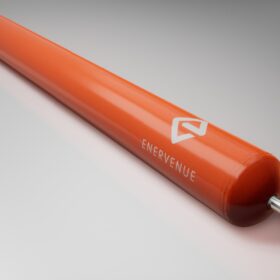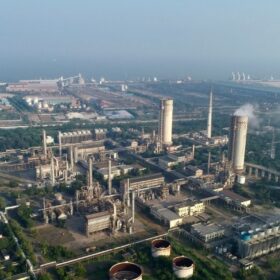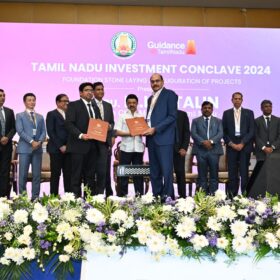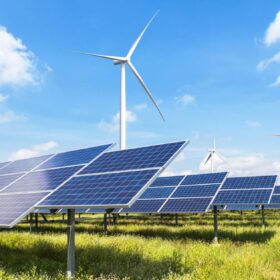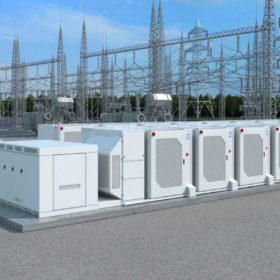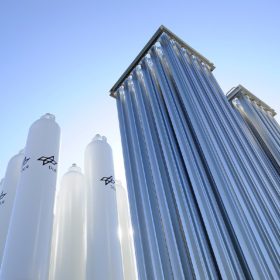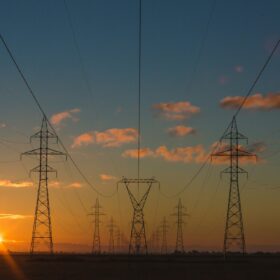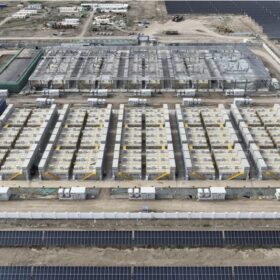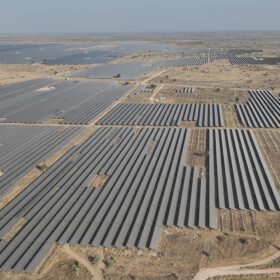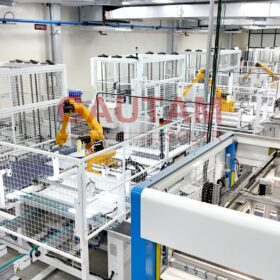Reliance to commercialize perovskite, back-contact HJT-IBC solar by 2026
Reliance Industries’ new energy business is currently developing first-generation bifacial solar panels using indigenized HJT technology with 26% cell efficiency. It is also working on perovskites and back-contact HJT-IBC, which it expects to commercialise within the next two years.
Avid signs Australian supply deal for nickel-hydrogen storage solution
Western Australian energy solutions provider Avid Group has signed a master supply agreement with United States-headquartered company Enervenue which manufactures nickel-hydrogen batteries it says are capable of more than 30,000 duty cycles at two to 12-hour discharge rates.
AM Green brings million-ton green ammonia project to FID
AM Green Ammonia has reached final investment decision (FID) on its first million-ton green ammonia project in Andhra Pradesh. Majority of production from the plant will be exported to Europe.
Greenko to build 3.3 GW of pumped storage projects in Tamil Nadu
Greenko has signed an agreement to develop three pumped storage projects totalling 3.3 GW in the Indian state of Tamil Nadu.
ABB surpasses 10GW milestone in delivering automation solutions for renewable energy plant in India
ABB’s programmable logic controller-based automation solutions are now catering to more than 10 GW of renewable energy plants, including solar, wind and battery energy storage systems.
Maharashtra launches 300MW/600 MWh battery storage tender
Maharashtra State Electricity Distribution Co. Ltd (MSEDCL) is accepting bids to set up 600 MWh (300 MW x 2 hours) of standalone battery energy storage systems (BESS) on a build-own-operate (BOO) basis in Maharashtra. It will enter into a battery energy storage purchase agreement (BESPA) with the successful bidders.
The Hydrogen Stream: SECI invites proposals to develop green hydrogen hub infrastructure
Solar Energy Corp. of India (SECI) has invited proposals to develop the core infrastructure required for setting up of green hydrogen hubs under the National Green Hydrogen Mission. Bidding closes on Oct.7.
Epcogen secures contract for Highview Power’s liquid-air energy storage project in UK
Epcogen will provide multi-discipline engineering activities for Highview Power’s first large-scale liquid-air energy storage project in Manchester, UK.
Battery storage costs must fall by 15% per year to avoid new coal capacity additions after 2030 in India
If battery energy storage costs fall 15% every year on an average, it would enable India to potentially limit its coal capacity to the 14th National Electricity Plan projection of 260 GW by 2032, says a new report by global think tank Ember and TERI.
PV systems can now support grid as fossil fuels decline, says IEA-PVPS
A new report by the International Energy Agency’s Photovoltaics Power Systems Programme (IEA-PVPS) says that existing PV systems have the technical capabilities to provide various frequency-related grid services.

